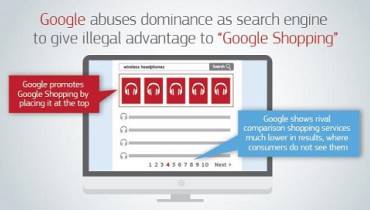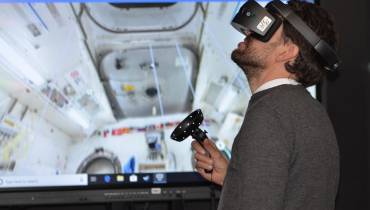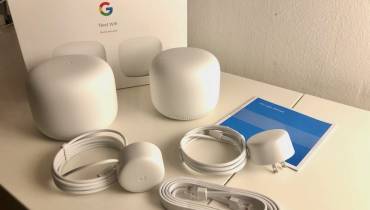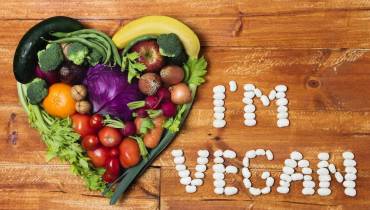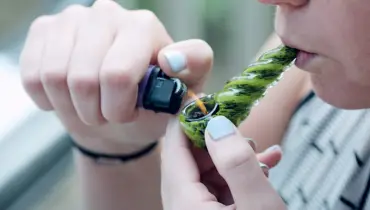How an Amalgamation of IoT and Big Data Analytics Can Make Our Food Safe
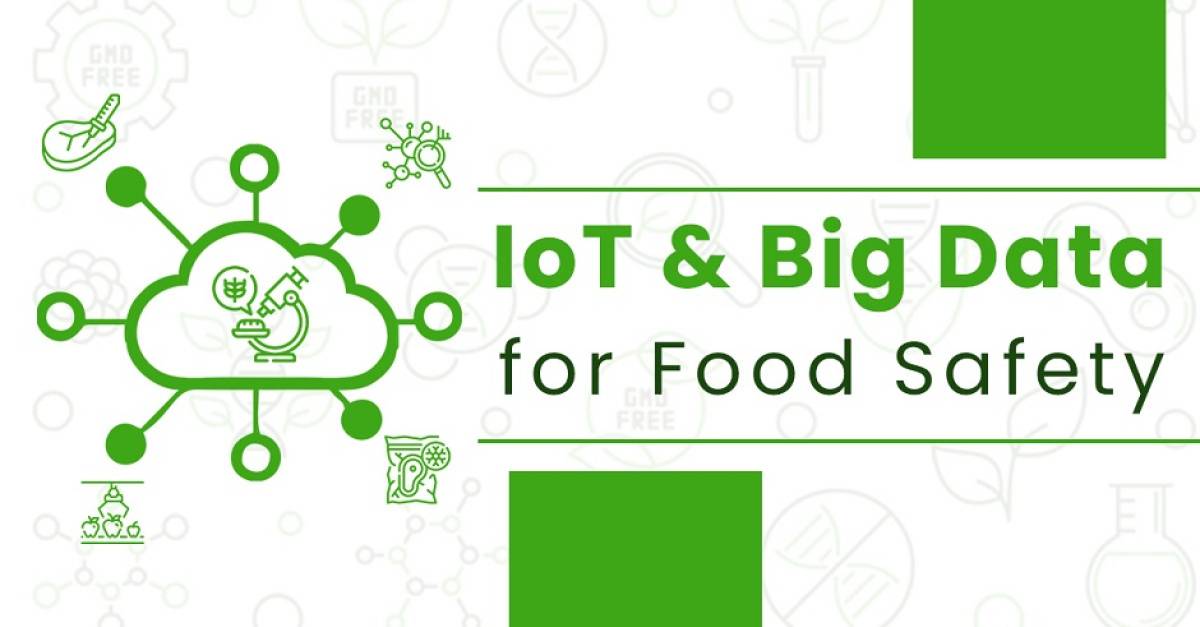
Food is essential for humans to live—that much is true. Apart from being the basic necessity for life, food is necessary for better health and prevention of diseases.
Studies have shown that if we don't get the required essential nutrients in our food, including vitamins, minerals, protein, fats, water, and carbohydrates, it could lead to a wide range of diseases, such as diabetes, obesity, and other dangerous conditions.
But what will happen when the food we are consuming for nutritional value is dangerous for us? Have you ever thought about the process in which food is made and transported through to us, or about the stages involved in preparing your one-time meal?
In today’s uncertain times, breakthrough Internet of Things (IoT) and Big Data Analytics are coming to the rescue in food safety and security. These two technologies have worked so well in numerous other industries and sectors over the years and can help with food safety and security too.
IoT and Big Data Analytics for Food Safety
Boasting a bright track record in other industries such as healthcare and supply chain management, IoT and Big Data Analytics can also excel in the food industries to make the food we eat much healthier, safer, and secure.
IoT refers to physical objects—"things"—that are embedded with sensors, software, and other technologies for the purpose of connecting and exchanging data with other devices and systems over the internet.
On the other hand, Big data analytics describes the process of uncovering trends, patterns, and correlations in large amounts of raw data such as those collected from IoT devices to help make data-informed decisions.
Among the ways IoT and Big data analytics can come in handy in the areas of food development to ensure the food we eat is safe, healthy, and free from contamination and adulteration include:
I. Assisting in food inspection
There are many things that a human eye can miss, but smart technology like IoT cannot miss. For human investigators, it becomes way more challenging to find contaminated food as they don't know all the touchpoints where the food passed through before reaching your house.
With IoT, however, tracking of food can be done at all points. Thus, it becomes easier for officials to monitor the quality of food at every point and reduce or eliminate risks of contamination. The monitoring of the food can be beneficial in finding out if there is any mishap during transportation, and the problem can be rectified swiftly at the point of mishap or mishandling.
Traceability of the food chain can be made more compact with RFID sensors and barcodes on the food packets. The sensors in the IoT system can streamline the supply chain around the world. You can also know the condition and the environment in which the food is kept.
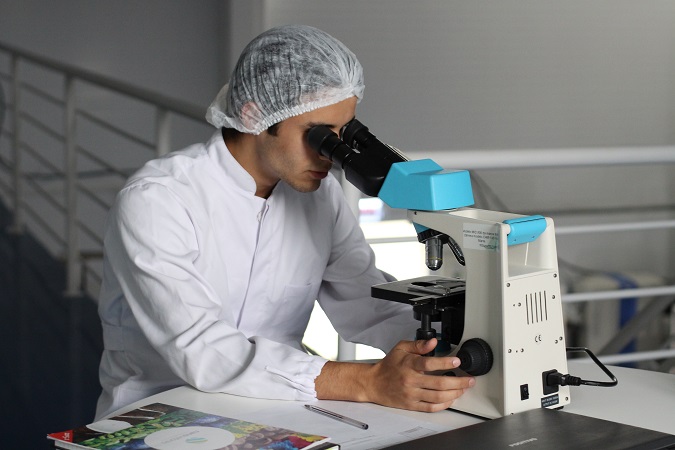
Person screen for microorganisms at a company in Brazil.
II. Helping the farmers
With amalgamation of Big Data and IoT, we can help farmers by predicting the weather patterns. And with Global Warming now showing its adverse effects all across the world, resulting in dismal rains, lengthy droughts, and so on, it all has dire effects on crops and the crops’ production.
Using Big Data, farmers can get a fair idea about the condition of the soil and also the weather situation. They can then strategize about suitable times for sowing of seeds and what kind of crop will reap fruitful results for them. This planned process can reduce spoiling of crops and increase their production on a large scale.
The data can also predict the conditions that are suitable for the growth of fungi or bacteria so that farmers can keep away from sowing seeds at that time. Thus, IoT and Big Data Analytics can play a massive part in keeping the food safe right from the beginning of the process.
III. Genetic Indexing
The growth of harmful bacteria is one of the main reasons why food gets contaminated and produces hazardous results if consumed in the same contaminated state. In this situation, both IoT and Big Data Analytics can come in handy for preserving our food.
While IoT will track down where the bacteria is coming from, Big Data analytics will help in finding the relation between the RNA and DNA of the bacteria. The identification of the bacteria and knowing the condition in which the bacteria grows helps preserve the food in the long run.
This knowledge can also help farmers, food transporters, and food processors to keep the food that’s meant for human consumption safe during each of the processes.
IV. Automation Technologies
Technologies such as Artificial Intelligence (AI) can come in very handy in implementing IoT and Big Data Analytics. AI can help in ensuring that personal hygiene is being taken care of in the kitchen, the place where the food is stored, and so on.
For example, AI systems are widely used in restaurants CCTV cameras to ensure that chefs and other personnel are wearing their full gear while handling and preparing food so as to reduce chances of any kind of food contamination.
Moreover, if there is any kind of violation in food hygiene and preparation, automated AI systems powered by IoT and Big Data can quickly detect it without hampering or stopping the process.
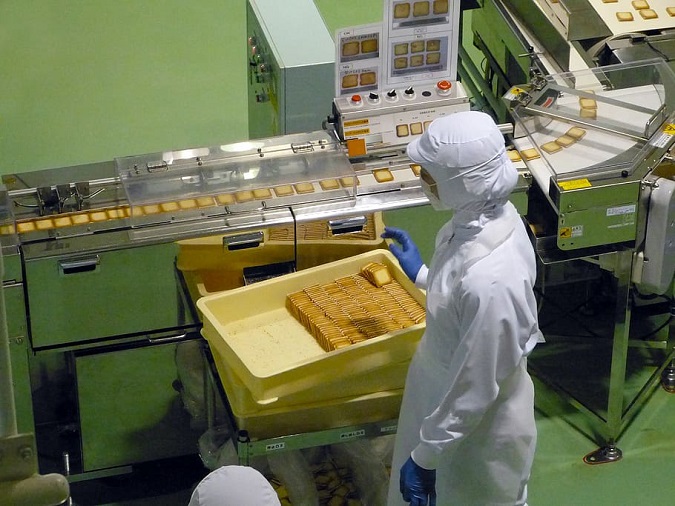
Person standing beside processing machine at a chocolate factory in Japan.
V. Increasing Collaboration
From the initial processes of food production, there are many stages and many people involved until the food reaches our dining tables. The major roadblock here is that there is none or very little collaboration between the people involved in all these processes. That means that at all the major touchpoints, the safety of the food is prone to being compromised.
According to one study done by the World Health Organization, around 600 million people – almost 1 in 10 people in the world – fall ill due to foodborne diseases, and more than 420,000 people die. These figures are humongous, considering the fact that human beings consume food on a daily basis. The main reasons behind these staggering cases of foodborne illnesses is a result of the things that happen to our food during the harvesting, processing, and transportation process.
IoT technology can help in connecting the dots in all major touchpoints in food production and making the entire process more streamlined. This will not only make our food safe but will also speed up the harvesting, processing, and transportation services.
The people involved in the process will also have concrete data about the whereabouts of the food so that malpractices such as hoarding of food, etc. can be completely eradicated.
Conclusion
We live in an era where almost everything we eat is either adulterated or contaminated. It’s vital to make sure that the food you consume is not only protected from contamination, but also healthy and safe to eat. Food safety is everyone's business.
IoT and Big Data analytics can play a huge role in making this vision a reality for everyone. We just have to make sure that IoT and Big Data are included at every point in the food harvesting, processing, and transportation process.
Moreover, with Artificial Intelligence to the assistance of both those technologies, safety can be increased double fold and make the food people eat safe in the long run.








